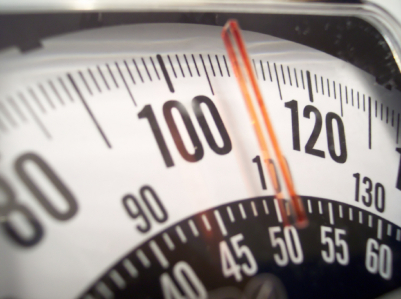Lightweight rowers often spend more time thinking and talking to each other about ‘making weight’ than rowing technique and training.
Believe me, I’ve been there.
It’s particularly difficult at the beginning when you are an inexperienced rower or erg rower and haven’t got a clue on how to do it right.
But even if you are an experienced rower you might pick up a tip or 2 from the following discussion.
Wake Up Weight
Wake up early and check your weight immediately. But make sure your bladder etc is empty becacuse this can make a difference of 200 – 300 grams. You should wear your weigh – in uisuit to get an accurate picture of how much you need to lose. Ideally you should not have to lose more than 1kg because anything more than this will lead you into a struggle you do not need.
You should have an accurate idea of how much weight you will lose overnight. In other words you should be able to accurately predict the difference between your going-to-bed-weight and your wake-up-weight.
Here are some variables that will influence how much weight you lose overnight:
- Room temperature
- Your metabolism
- How dehydrated you are
- Sleep time
- How well you slept
These variables become easier to read the more experienced you become.
Practice keeping an eye on your wake up weight in the weeks leading up to your 2k race to discover how you much weight you are losing overnight. Write it down and try to work out the variables that cause your wake up weight to vary.
I repeat. The bottom line is that you do not want to wake up having to lose more than 1kg.
The Sweat Down
When you sweat down you loose mainly water. You have a few choices about how you can lose the last couple of hundred grams.
- Rowing
- Erging
- Running
- Sauna
- Sit in a warm place with a lot of clothing on
If you are in a crew, sweating down in the boat is a good way of sweating out weight because you get a bonus of a warm up row with your crew.
Most world class lightweight rowing crews will row for around 4k with long winter rowing clothing on to help them sweat down.
But some prefer to erg (if there are ergs available). A lot of others I know run. It really depends on your preference and situation with the equipment that’s available near the weigh – in zone.
Whatever your choice remember that all the best lightweights in the world sweat down as close to the weigh – in as possible. The idea is that you are dehydrated and ‘at weight’ for as short a time as possible.
How much you need to exercise for to lose that last 400grams or whatever will depend on a number of things like temperature, how much clothes you have on, the intensity you row or run at etc. Again you will get better at working out how much you will lose with practice.
The bottom line is you should aim to sweat without exercising for more than 20 – 30 minutes at low intensity.
After Sweat Down
Check your weight immediately – making sure you have dried yourself of any sweat. If you are on weight or below weight you should follow plan A. If you are still over weight follow plan B.
But first make sure your bladder etc is empty.
Plan A. Have a cold shower immediately to stop sweating. Get dry and make sure you check your weight again with your weigh – in unisuit. If you are on weight – just take it easy until weigh-in. If you are below weight take a couple of sips of a sports drink, or if you are hungry eat something light. (But make sure test scales are equal to the actual weigh – in scales)
Make sure you stay warm and if you have timed it right you should not have much time to wait.
Plan B. Usually, you will not have much to lose, so put on some more clothing and wait. You will still be sweating so this will help you to lose some more. If you have a lot to lose, get active again. But don’t over – do it! Next follow plan A.
After Weigh – In
Start drinking immediately – as soon as you step off the scales. Every minute counts from now till race time and a 3 – 4 minute delay in you beginning rehydration will make a big difference when it comes to race time.
Part 2 will discuss some good post weigh – in strategies.
[mc4wp_form]



Leave a Reply